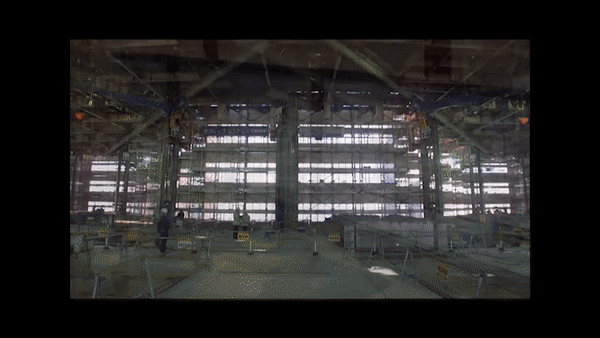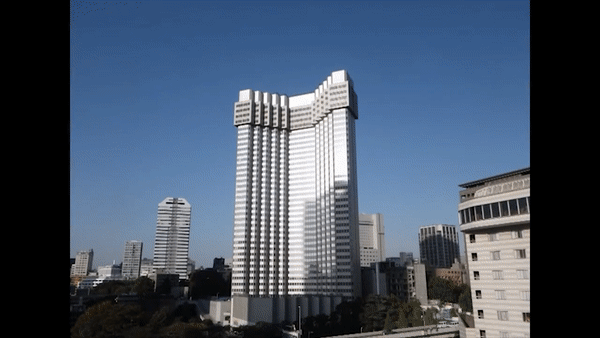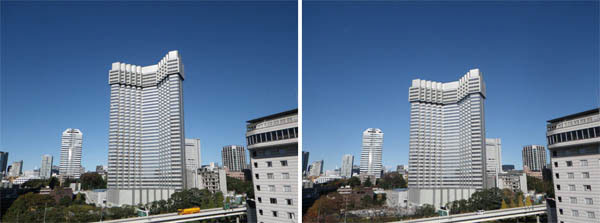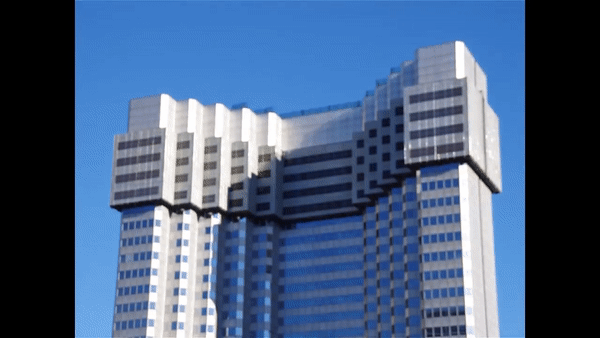The building was demolished quietly; from the outside, no one could tell, but inside, machinery and engineers were working to remove each column, beam, and floor of every level.
Recently, social media users in Vietnam buzzed about a clip showing the demolition of a building in Japan. However, this demolition process did not produce clouds of dust or loud noises from explosives.
In fact, this demolition took place several years ago, yet it still leaves a strong impression on netizens due to its unique demolition technique. The structure being dismantled was the Grand Prince Hotel Akasaka, a 139-meter tall hotel located in Tokyo.

The machinery and scaffolding on the top floor will gradually dismantle each floor downwards.
Since 2012, Taisei Corporation has been demolishing the building using the Tecorep ecological regeneration system, designed to safely lower buildings over 100 meters by bringing cranes inside to dismantle each floor.

This demolition technology reduces dust and noise.
Support columns used to support the roof were gradually lowered, making it appear as if the building was constructed in reverse from top to bottom. First, scaffolding was installed on the outside to attach soundproof panels, preventing noise, and a cover was placed on top of the building to contain dust. The initial step involved removing the interior starting in June 2012, followed by the scaffolding being raised in August 2012.

Image of the hotel in November 2012 (right) and the building after one month of interior demolition in December 2012 (left).
The machinery placed on the highest floor can destroy columns, beams, and the floor. After that, the equipment pulls the floor and all debris down one level.
The advantages of this technique far exceed safety and aesthetic considerations. The Tecorep technique reduces noise by 17-23 decibels compared to other demolition methods, decreases dust by up to 90%, and is considered more environmentally friendly.

Each floor is demolished, the system will descend until it reaches the first floor.
This hotel was a symbol of Japan’s previous bubble economy. In the late 1980s, the hotel was consistently over 90% full. However, the emergence of luxury hotel chains owned by foreign entities created fierce competition for attracting guests. Although the hotel underwent renovations in 2001, the average revenue per room before demolition was only half of what it was during the bubble economy.

















































